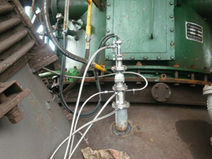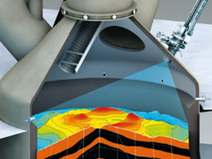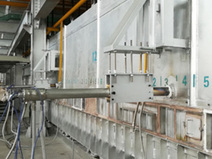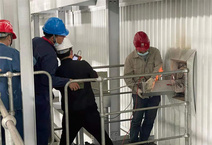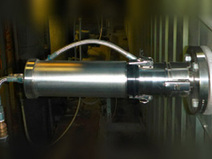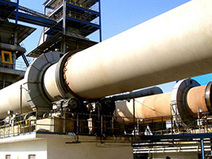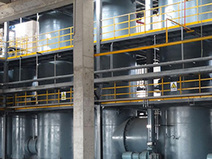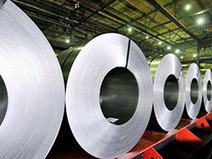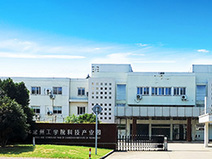Blog
Principle and Performance Analysis of High-Temperature Industrial Cameras
Summary: This article delves into the working principles and performance characteristics of high-temperature industrial cameras, exploring their importance in industrial applications. It's your ideal guide to understanding high-temperature monitoring cameras!
Principles and Performance Analysis of High-Temperature Industrial Cameras
In modern industry, we often need to monitor high-temperature environments, such as smelters, boiler rooms, and thermal power plants. High-temperature monitoring cameras have become indispensable tools for this purpose. So, how do these cameras work, and what is their performance? Let's delve deeper into this.
Working Principle of High-Temperature Monitoring Cameras
First, we need to understand the basic principles of high-temperature monitoring cameras. Unlike ordinary cameras, high-temperature monitoring cameras use special materials and technologies to enable them to operate normally in extreme environments. For example, they are usually equipped with high-temperature resistant lenses and housings, allowing them to operate stably in environments up to 1000 degrees Celsius.
So, how do these cameras "see" high-temperature environments? In fact, high-temperature monitoring cameras utilize thermal imaging technology. They can detect infrared radiation emitted by objects and convert it into visible images. Just like the infrared images we see at night using thermal imagers, they clearly show the location of heat sources and temperature changes. This technology can help us identify potential safety hazards in time.
Performance Characteristics of High-Temperature Monitoring Cameras
Next, let's talk about the performance characteristics of high-temperature monitoring cameras. First is its high-temperature resistance. As mentioned earlier, these cameras can work under extreme temperatures, which means they are very durable. Whether it's a high-temperature furnace or a smoke-filled generator room, they can maintain clear image output.
Secondly, the resolution of high-temperature monitoring cameras is also quite good. Although limited by the high-temperature environment, the resolution of most high-temperature cameras can still reach 720p or higher. This makes the monitoring images clear and detailed, allowing for better identification of the operating status of the equipment.
Furthermore, many high-temperature monitoring cameras are equipped with intelligent analysis functions. They can analyze the monitoring images in real-time, identify abnormal situations, and quickly issue alarms. Imagine that if equipment overheats or malfunctions, the system will immediately notify you, which can effectively prevent accidents and ensure production safety.
Application Scenario Analysis
So, what are the application scenarios of high-temperature monitoring cameras? First is the metallurgical industry. During smelting, the temperature inside the furnace is extremely high, so high-temperature monitoring cameras are needed to monitor the smelting status in real-time and ensure production safety. In boiler rooms, these cameras can also help detect temperature changes in the boiler and prevent safety hazards caused by overheating.
In addition, power plants also widely use high-temperature monitoring cameras. Especially in coal-fired power plants, the temperature inside the boiler is extremely high, and monitoring cameras can monitor emissions in real-time to assist in environmental protection.
How to Choose a Suitable High-Temperature Monitoring Camera
When faced with a choice of multiple brands and models, how should you choose a suitable high-temperature monitoring camera? First, we need to consider the application scenario. Different scenarios have different requirements for the camera's high-temperature resistance, resolution, and intelligent analysis functions.
Secondly, understanding the camera's installation method and maintenance convenience is also important. Equipment in high-temperature environments often requires maintenance, and choosing a camera that is easy to install and maintain can greatly save time and labor costs.
Finally, be sure to pay attention to after-sales service when purchasing. High-temperature monitoring cameras have high technical content, and the quality of after-sales service directly affects the subsequent user experience.
Conclusion
In general, high-temperature monitoring cameras are playing an increasingly important role in modern industry. Their unique working principles and excellent performance make monitoring high-temperature environments possible. With the continuous advancement of technology, we can expect these cameras to become even more powerful in the future, helping us better ensure production safety and environmental protection.
Contact Us
Fax: 0519-86692128
Address: No. 108 Taihu West Road, Xinbei District, Changzhou, Jiangsu
Copyright: Changzhou Rongbang Automation Equipment Co., Ltd.



